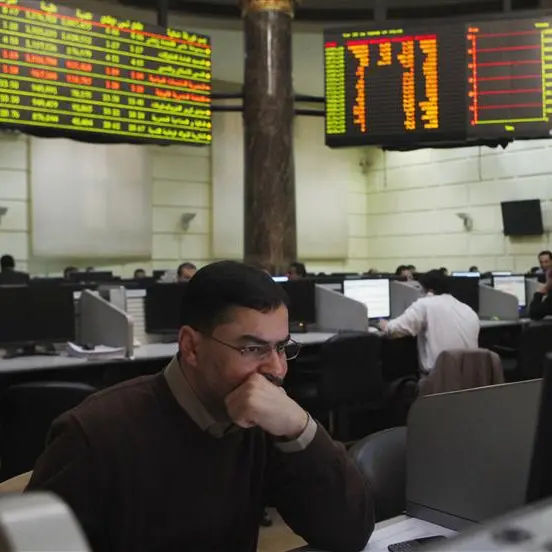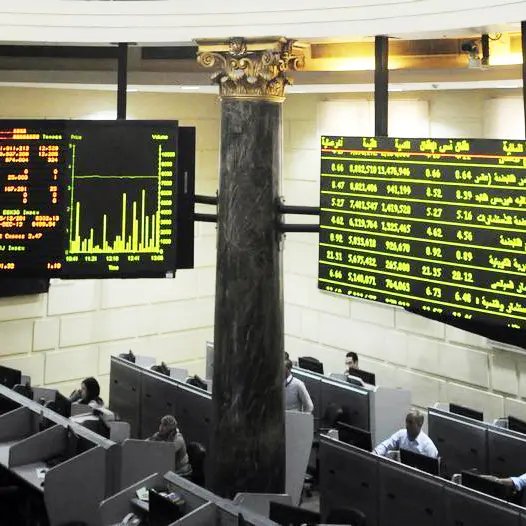The Australian and New Zealand dollars were trying to sustain a rare rally on Wednesday as markets wagered the Omicron strain would not derail the global economic recovery, giving a boost to risk sentiment and commodities.
The Aussie stood at $0.7121 , having rallied 0.9% overnight and away from a 13-month trough of $0.6994 hit last Friday. The currency needs to get above resistance around $0.7172 to snap the recent downtrend and stabilise for a while.
The kiwi dollar was hanging on at $0.6777 , after adding 0.5% overnight, but was closer to its 13-month low of $0.6737. It needs to clear $0.6807 and, ideally, $0.6867 to avoid a further decline.
The rallies were largely due to profit taking on short positions as better data on trade from China and the United States prompted gains for commodities, notably iron ore and oil.
The Aussie was also aided by an upbeat economic outlook from the Reserve Bank of Australia (RBA) at its policy meeting on Tuesday, which was taken as slightly more hawkish by the market.
JPMorgan strategist Ben Jarman thought the central bank was closer to sharply scaling back its A$4 billion ($2.85 billion) a week of bond buying, particularly now that the U.S. Federal Reserve had flagged an early end to its tapering.
"The commentary supports a significant drop in purchases in February, by emphasising the weight of actions already taken, and linking the path to other central banks also hastily moving toward the exit," said Jarman.
"The language suggests a sudden end to QE (quantative easing) in February remains possible, but still not base case since it is probably preferable to finish a little after the Fed."
He expects a hike in the 0.1% cash rate in late 2022, though the market is fully priced for a move to 0.25% by June and rates near 1.0% by the end of the year.
Yields on Australian 10-year bonds eased a touch to 1.669%, after following Treasuries higher on Tuesday, with the spread over U.S. debt holding around 20 basis points.
($1 = 1.4049 Australian dollars)
(Reporting by Wayne Cole; Editing by Christopher Cushing)




















